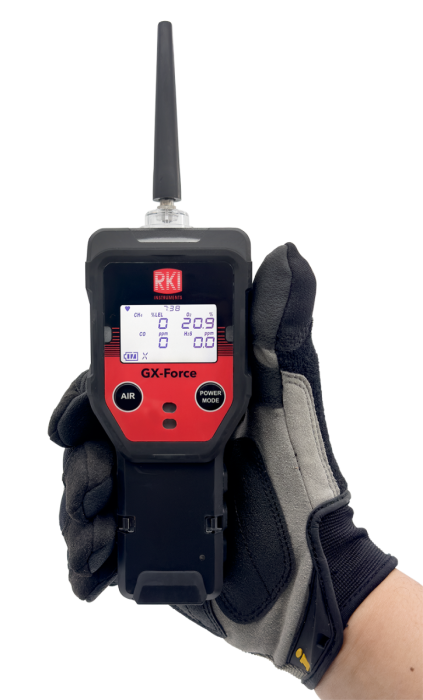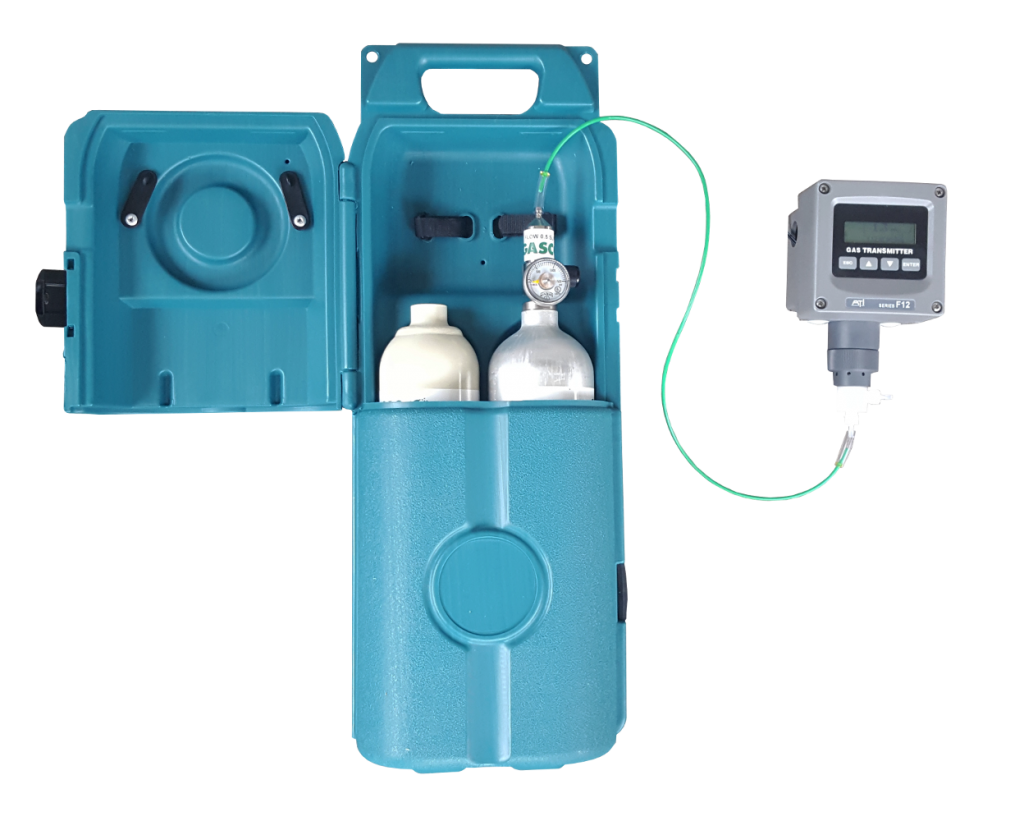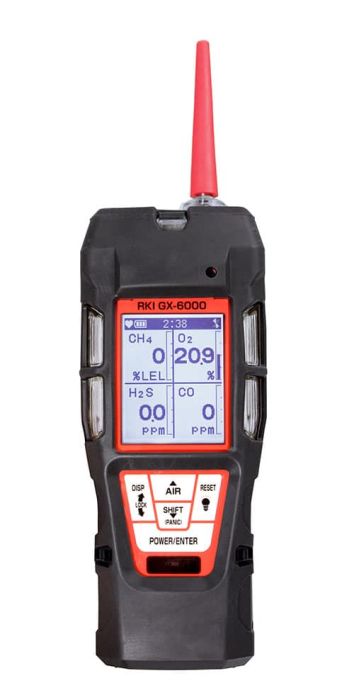A combustible gas is a gas that can burn in air or in oxygen. Combustion is a chemical reaction that releases energy in the form of heat and light. When a combustible gas reacts with oxygen, the gas is oxidized and the oxygen is reduced. This reaction produces a flame.
What Factors Affect the Combustibility of a Gas?
There are a number of factors that affect the combustibility of a gas, including:
- The chemical composition of the gas: Some gases are more combustible than others. For example, methane is more combustible than propane.
- The presence of oxygen: Combustion cannot occur without oxygen.
- The temperature of the gas: The temperature of the gas must be above its flash point for combustion to occur. The flash point of a gas is the lowest temperature at which it can ignite.
- The pressure of the gas: Increased pressure can make a gas more combustible.
Common Combustible Gases
Some common combustible gases include:
- Acetylene
- Butane
- Ethylene
- Methane
- Propane
- Propylene
Combustible Gas Detection
It is important to detect combustible gases in the air to prevent explosions and fires. There are a number of ways to detect combustible gases, including:
- Catalytic bead sensors: These sensors contain a metal bead that is coated with a catalyst. When the sensor is exposed to a combustible gas, the gas reacts with the catalyst and produces heat. This heat causes the bead to expand, which changes the resistance of the sensor.
- Infrared sensors: These sensors detect the infrared radiation that is emitted by combustible gases.
- Semiconductor sensors: These sensors contain a semiconductor that changes its electrical conductivity when it is exposed to a combustible gas.
Our Combustible Gases can be found here: https://www.gas-sensing.com/support/gas-information/combustibles.html
Combustible Gas Safety
It is important to take steps to protect yourself from combustible gases. Some safety tips include:
- Be aware of the potential for combustible gases in your work environment.
- Use gas detection equipment to monitor the air for combustible gases.
- Have a plan in place in case of a gas leak or explosion.
- Keep combustible gases away from open flames and sources of ignition.
Conclusion
Combustible gases are a potential hazard in many workplaces. By understanding what makes a gas combustible and how to detect combustible gases, you can help to protect yourself and others from harm.



